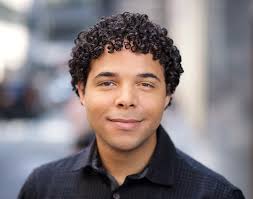Community engagement
The creative engagement with your community in order to promote thinking about it differently. The possibilities for what may be produced will be discussed with your OLA and peers in the Collaborate session and discussions and may vary in form.
This assignment supports unit learning outcomes 2 and 4.
Assignment details
The emphasis is on using alternatives to traditional written products such as essays and reports to produce a visual artifact or product that represents the essence of your community. Poetry, song, video/film, community radio features, art, artifacts (things/objects): these are all examples of creative products that could be submitted, but this is not an exclusive list. How these things will be marked will also be discussed in Collaborate sessions and discussion boards as the format will be negotiable. The emphasis will be on how well the product communicates the connection to the community.
Key questions for this assignment will be:
• How well does this tell the story of me in my community?
• How does it communicate critical reflection on my role in the community?
• Does it represent a thoughtful and substantial effort to address these questions?
Assignment criteria
1. How well does this tell the story of me in the community?
2. How does it communicate critical reflection on my role in the community?
3. Does it represent a thoughtful and substantial effort to address these questions?
Your work will be assessed using the following marking guide:

